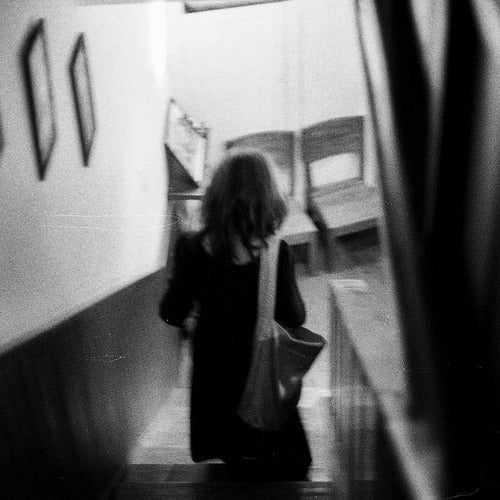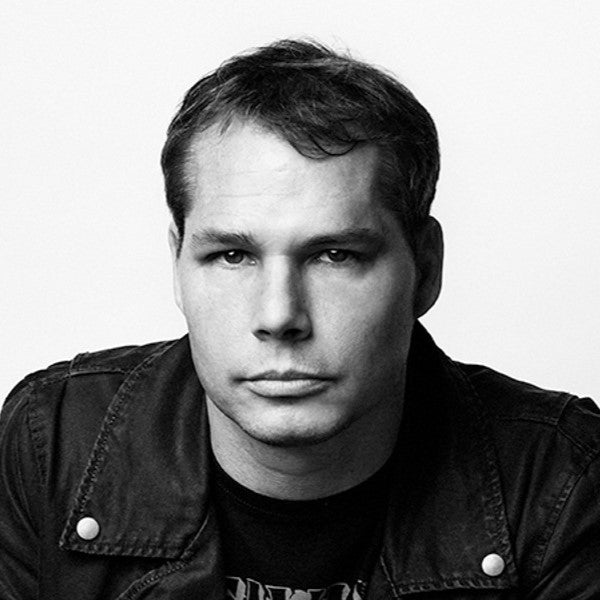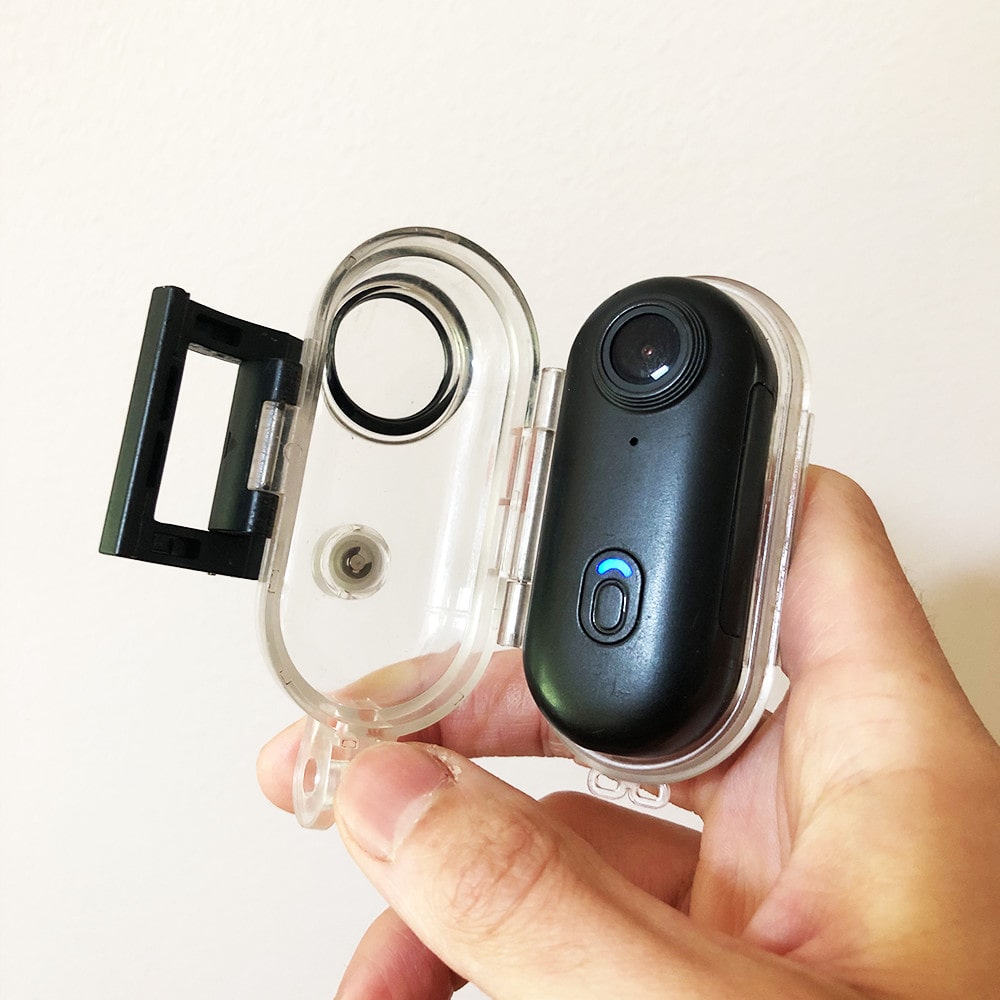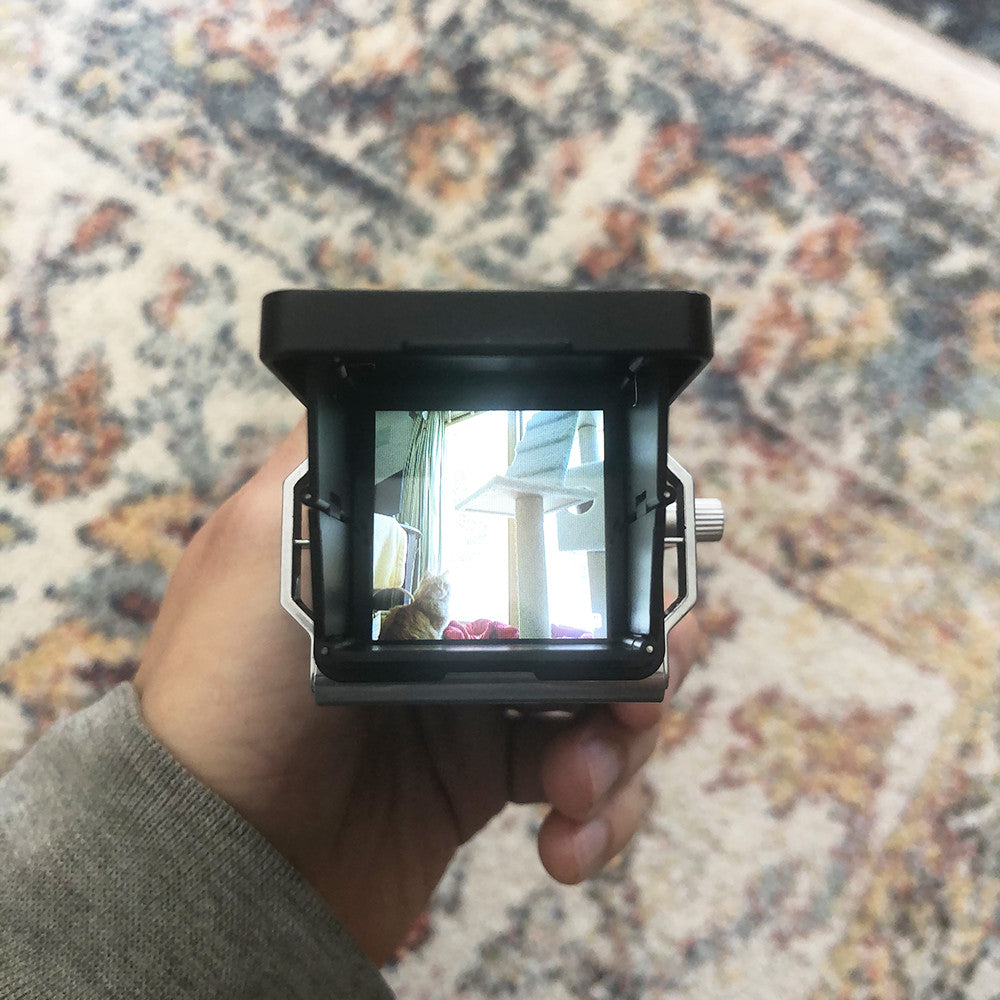Introduction
There’s something special about capturing people in the moments when they’re not posing—when they’re just being themselves. I’ve always felt that candid photos capture a truth that’s hard to recreate when people know they’re being photographed. As I’m preparing to leave for Princeton, I’ve been finding myself drawn to these real, unpolished moments, like I’m preserving little pieces of home to take with me. My friends joke that I’m a bit "intense," but I think that’s just my focus coming through. Maybe it’s my fencing side—the part of me that notices subtle movements and appreciates those raw moments in between scored points. So here’s a guide to the art of candid photography that’s helped me hold onto memories I’ll treasure.
1. Watch for Moments, Not Poses
The best shots aren’t the ones where people are aware of the camera but the ones where they’re fully in the moment. I’ve learned this during our family game nights or when my friends are lost in conversation, fully absorbed in whatever they’re doing. It reminds me of fencing, actually, where I have to read the smallest moves without getting distracted. Watching for these authentic interactions, I capture moments that are genuine and alive.2. Catch People in Their Comfort Zones
I love photographing people in spaces where they feel natural. Whether it’s my sister studying on the couch, my mom preparing one of her famous pasta dishes, or my dad practicing his Muay Thai, these photos show a person as they are, in their element. It’s like fencing footwork—the rhythm, the steady comfort of doing something familiar. Capturing people in these spaces gives each photo an added layer of who they are.3. Zoom in for the Details
Some of the most powerful images come from the small details: a close-up of my mom’s hands while she’s chopping basil, or my friend’s hiking boots caked in mud after a long day. I think of it as focusing on the fine points, like in fencing when you notice your opponent’s smallest shifts. By zooming in, I capture details that might otherwise go unnoticed but give the photo a sense of texture and memory.4. Embrace Imperfections
Candid photography isn’t about perfection; it’s about capturing truth. Sometimes the lighting is off or someone’s hair is messy, but that’s part of life. Fencing taught me to appreciate imperfection because in matches, you’re constantly adjusting, adapting to whatever comes your way. My photos reflect that spontaneity—embracing flaws makes each shot feel more genuine and connected to the real moment.5. Use Natural Light to Set the Mood
I’ve always loved the way natural light brings out softness in a shot. Late afternoon, when the light’s low and warm, is my favorite time to take photos because it’s subtle yet dramatic, much like the focus I feel before stepping onto the fencing strip. Waiting for that golden hour light adds a calmness to the scene without needing edits.6. Capture Laughter and Movement
Some of my favorite photos are the ones where my friends are laughing mid-joke or in the middle of a story, almost as if the energy is moving through the image. Capturing these candid laughs and gestures is tricky, like timing a move in fencing, but when I get it right, the photo practically breathes with the memory of the moment. Those are the shots that feel full of life.7. Let People Forget About the Camera
The best way to capture authentic moments is to let people forget they’re being photographed. I keep my camera out and at the ready, but I wait until everyone’s back in their own world. Like in fencing, where you’re watching without making it obvious, I keep a low profile, letting people just be. That’s when you get those unfiltered, real moments.8. Document the Small Traditions
My family has traditions that might seem simple but mean the world to me—like our Sunday pasta nights or our competitive card games. These routines are the things I know I’ll miss the most when I’m away, so capturing them has become a way to hold onto our family spirit. In fencing, small habits and rituals bring focus; in photography, they bring the same grounded feel to my memories.9. Don’t Overthink It
I’m a planner by nature, but with candid photography, I’ve learned to let go a bit. Overthinking ruins the spontaneity, so I’ve taught myself to trust my gut and snap the shot when it feels right. Fencing has taught me that sometimes the best moves are instinctual, and I bring that same mindset to my photos. The best shots are often the least planned.10. Create a Storyline
When I look back at my candid photos, I see them as pieces of a story. Each one is a moment frozen in time, but together they tell the story of the people I love. My dad fixing something in the garage, my little sister celebrating a personal victory, my mom showing me a recipe. Each image adds a piece to the bigger picture, just like each match I fence builds my experience.
Final Thoughts
Candid photography is about more than just taking a picture; it’s about preserving the little things that make life feel real. These photos remind me of who my family and friends are beyond the polished smiles and planned poses. As I head off to Princeton, I want to carry these raw, unfiltered memories with me like little pieces of home that I can hold onto. If you’re like me and want to capture life as it truly is, give candid photography a try—you’ll be surprised at how much you end up capturing when you’re just waiting for the right moment.
____________
Do you have a story to tell? For information on how to publish your 1990\retro journey on our website, reach out to us at: submissions@1990retro.com.

















![Nocturne Box [LIMITED EDITION]](http://1990retro.com/cdn/shop/files/blackCube_freeDL_patronusReading_FREEDL_1000x1000px-min.jpg?v=1763408107&width=1000)
![Nocturne Box [LIMITED EDITION]](http://1990retro.com/cdn/shop/files/blackCube_productImg_2_1000x1000px-min.jpg?v=1763408107&width=1000)
![Nocturne Box [LIMITED EDITION]](http://1990retro.com/cdn/shop/files/blackCube_productImg_3_1000x1000px-min.jpg?v=1763408107&width=1000)












